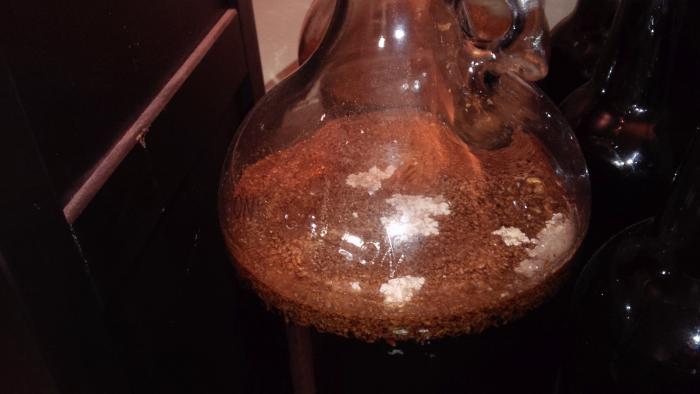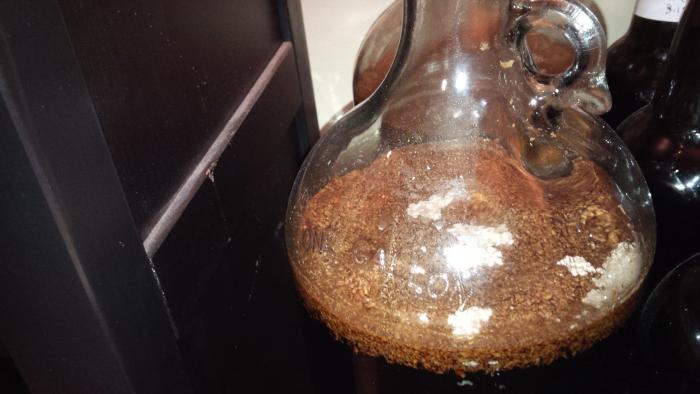primalyeti
Well-Known Member
Hey everyone,
So i brewed this porter, and let it ferment for 2 weeks then moved in to a secondary where it's sitting on unsweetened, toasted coconut. Its been in the secondary for a week and a half and I just noticed that the coconut is getting "patchy"
Should I be worried?



So i brewed this porter, and let it ferment for 2 weeks then moved in to a secondary where it's sitting on unsweetened, toasted coconut. Its been in the secondary for a week and a half and I just noticed that the coconut is getting "patchy"
Should I be worried?





